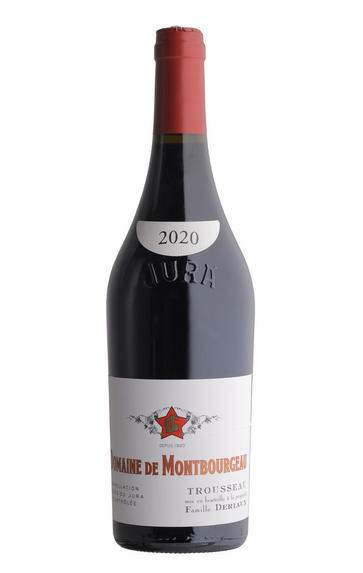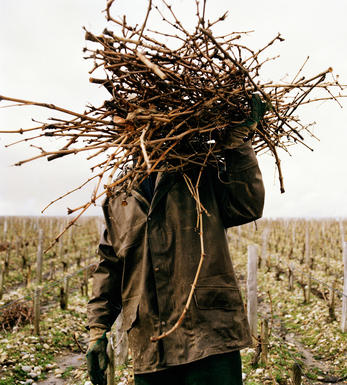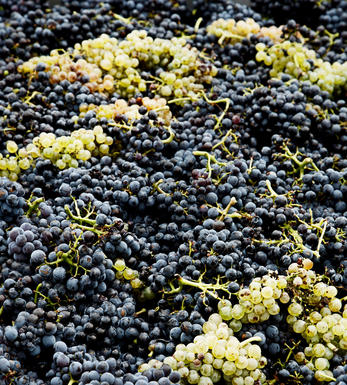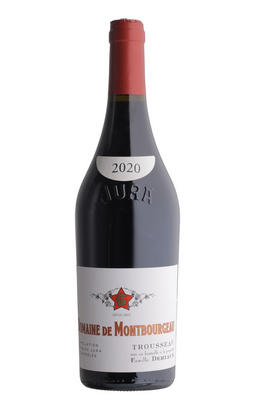
About this WINE

Domaine de Montbourgeau
Domaine de Montbourgeau is in the village of L’Etoile, within the Jura wine region in eastern France. The Jura is renowned for its distinct winemaking traditions, including the traditional winemaking technique called “ouillé” (topping up barrels to avoid oxidation) for some of its wines.
The estate has a history dating back several generations. It was founded in 1920 by Pierre Jeannin and has remained in the family ever since. Today, it is run by Nicole Deriaux, Pierre Jeannin’s granddaughter.
The Domaine owns vineyards covering around 9 hectares of land and is primarily planted with indigenous Jura grape varieties such as Savagnin, Chardonnay, Poulsard, and Trousseau.
One of the standout wines produced by Domaine de Montbourgeau is Vin Jaune, a type of oxidative wine made from the Savagnin grape and aged in small oak barrels for at least six years and three months. This ageing process allows the wine to develop its characteristic nutty and oxidized flavours.
Aside from Vin Jaune, the estate also produces other Jura wine styles, including Côtes du Jura Blanc, white wines made primarily from Chardonnay, often displaying the region’s signature oxidative character. L’Etoile, a sub-appellation within the Jura region, producing white and red wines, typically made from Chardonnay and Poulsard or Trousseau, respectively. Macvin, a traditional Jura fortified wine blending freshly pressed grape juice with Marc (a distilled grape spirit). Côtes du Jura Rouge, red wines made primarily from the Poulsard and Trousseau grape varieties, ranging from light and fruity to more structured and complex.

Bastardo
Bastardo, also known as Trousseau or Merenzao in some regions, is believed to have originated in eastern France, possibly in the Jura region. However, it has also been grown in other wine-producing regions, most notably in Portugal and Spain.
The grapes are small to medium-sized with thin skins and a dark blue to black color and are known for their intriguing and unique flavor profile. They often exhibit notes of red fruits like raspberries and cranberries, with some herbal and spice undertones, and tend to have a good acidity, which can lend brightness and freshness to the wines.
Bastardo wines typically have moderate tannins, contributing to their structure and texture. The alcohol content can vary depending on climate, winemaking techniques, and the region where it’s grown. Some of the wines can age well and develop interesting complexities over time.
Portugal and Spain are two countries where Bastardo is known to be cultivated.
In Portugal, it is one of the permitted grape varieties in the Douro Valley, famous for producing Port wines. In the past, Bastardo was used to add complexity and aromatics to specific Port blends. However, its plantings have decreased over the years, and it’s now a rare find in Portuguese wines.
In Spain, particularly in Galicia and Bierzo, the grape is known as “Merenzao” or “Maria Ardoa.” There, it is sometimes used to produce varietal wines or blended with other local varieties to create distinctive regional wines.



Buying options
Add to wishlist
Description
The Domaine de Montbourgeau Trousseau 2020 is a delicious expression of the grape variety. The fruit is entirely destemmed and the wine aged in used 228 and 500-litre oak barrels, the aim being to soften the tannins without imparting oak flavour. The nose displays classic Trousseau character with notes of lifted red berry fruit, pepper, spice and a hint of olive. The palate is juicy and succulent with a pleasing medicinal note and lovely purity. The tannins provide a satisfying, thirst-quenching finish. Despite the warm vintage, this is a medium-bodied red that should be enjoyed in its youth, perhaps slightly chilled.
Drink now to 2025
Adam Bruntlett, Senior Buyer, Berry Bros. & Rudd (July 2022)
wine at a glance
Delivery and quality guarantee